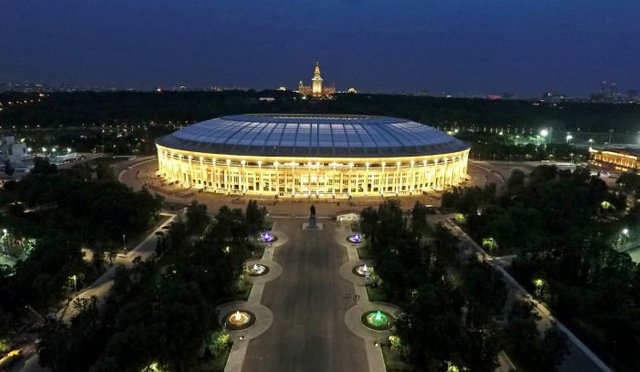
Luzniki Stadium; Source: stadiumguide.com
After the success of the 1952 Olympics, the Soviet Union focused on the development of sports management across the country with a view to better results. This stadium was built in 1956 by its continuation. First name was Central Lenin Stadium. The location of the stadium is in the Russian capital Moscow, on the banks of the Moscow River.
Until the nineties the stadium was unprotected. At that time its holding capacity was 1 million. But later in 1996, the stadium was renovated, the roof was added, and its seats were reduced by reducing from 1 lakh to 81,000. It is the largest of the 2018 World Cup stadiums.
The stadium was renovated again on the occasion of the World Cup. The reform work was completed in June this year. The opening of the World Cup in the stadium and the final is to be held.
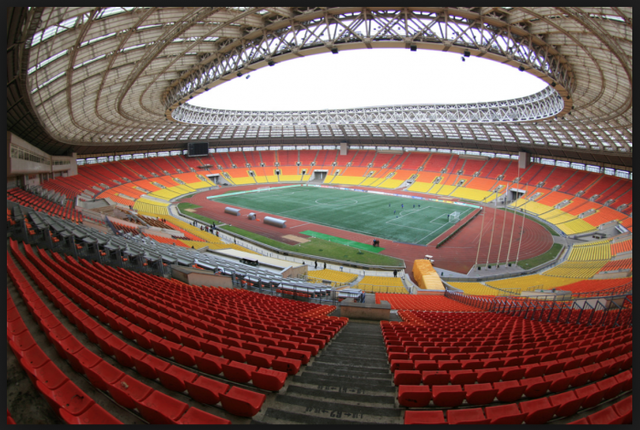
Luzniki Stadium; Source: greensportsblog
St.Petersburg Stadium
This stadium, built at a cost of more than $ 1 billion, is one of the world's most expensive stadiums. The construction of this stadium in the former Kirov stadium was started in 2005 and ends in April this year. It is basically the stadium of the local FC Jennyat Sports Club.
The stadium was designed by Japanese architect Kisho Kurokawa. It looks like a spherical spacecraft. It has a slightly similarity to the Toyota Stadium in Japan, which has also been designed by Kishou Kirokawa.
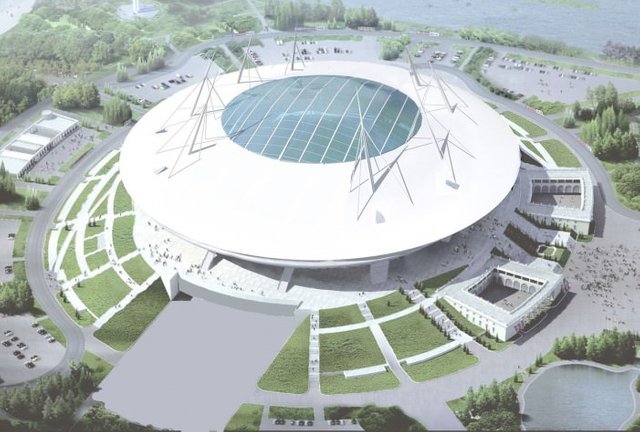
St Pattsburgh Stadium; source: The Calvert Journal
The current capacity of the St Pattsburgh stadium is 56,000. But before the World Cup it will be upgraded to 68,000 capacity. The third place-fixing game is scheduled to be held at the stadium.
Fix Olympic Stadium
The fixture Olympic Stadium was created for the 2014 Winter Olympics. At that time both the opening and closing ceremonies were held at the stadium. The stadium did not have much use after the Olympics ended. As a result, it was made to be suitable for the 2018 World Cup. Its closed ceiling was arranged and its seats were increased to 47,000.
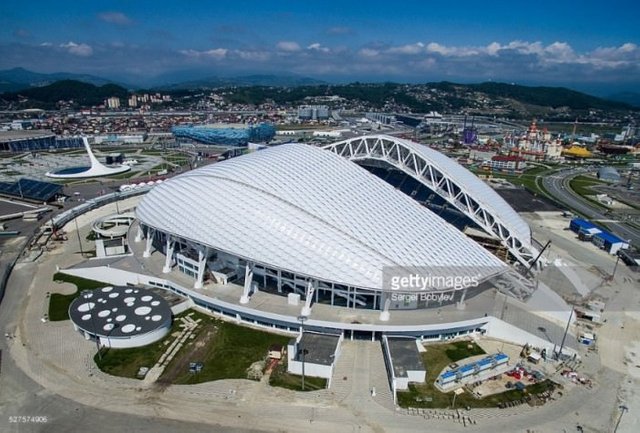
Fixture stadium; Source: Getty Images
The construction of the stadium was completed in 2016. The location of the stadium is in Adler town in the Shochi region near the Georgian coast. In the World Cup, it will be played in 4 first-round matches, 1 second round and 1 quarter-final match.
Samara Stadium
There was a plan to build a stadium for the local Krilylia Soviet football club in Samara City of Russia since 2010. The plan was finalized in 2012 after the city was selected as the organizer of the 2018 World Cup. Its construction started in 2014. The construction work is scheduled to be completed by the end of this year.
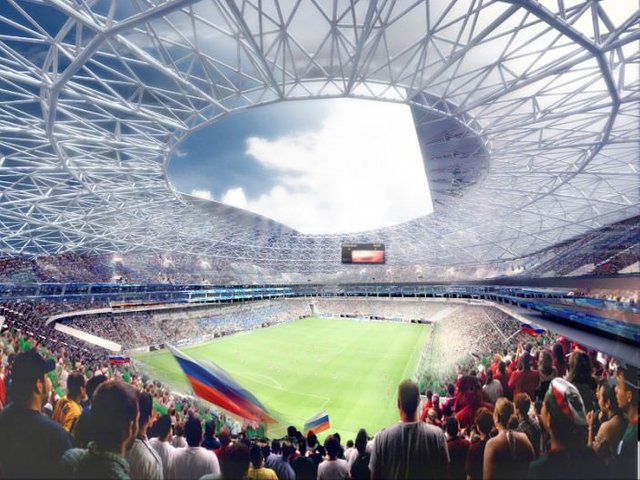
Samara Stadium; Source: stadiumguide.com
The most notable feature of the Samara Stadium is its 65.5 meter height dome-shaped roof, which consists of 32 panels. The number of seats in the stadium will be 45,000. Initially, the stadium was planned to be built on a peninsula in the confluence of the Samara and Volga rivers. But due to the lack of necessary infrastructure, the space was changed later. Apart from Samara, the stadium is also known as Samara Arena and Cosmos Arena.
Volgograd Arena
Currently the location of the Volgograd Arena stadium is located in the city of Volgograd, south of Russia, right on the Volga River. It is being built at the location of the former Central Stadium, which was the city's main stadium. After the construction of the old stadium in 2014, its construction started in 2015. Currently its construction is in the latest stage. It may be inaugurated later this year.
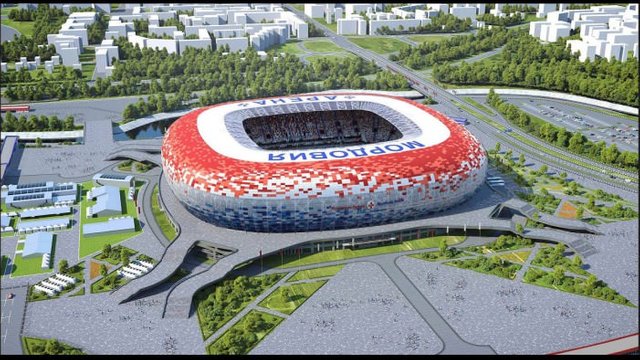
Volgograd Stadium; Source: goal.com
The special feature of the Volgograd stadium is that hanging ceilings and outer coating of the marble with its cable. The number of seats in the stadium will be 45,000. However, after the World Cup, the upper ranks will be removed and turned into a 35,000-capacity stadium. After the World Cup the stadium will be used as the local stadium of the local Rotar Volgograd Club.
Mordovia Arena
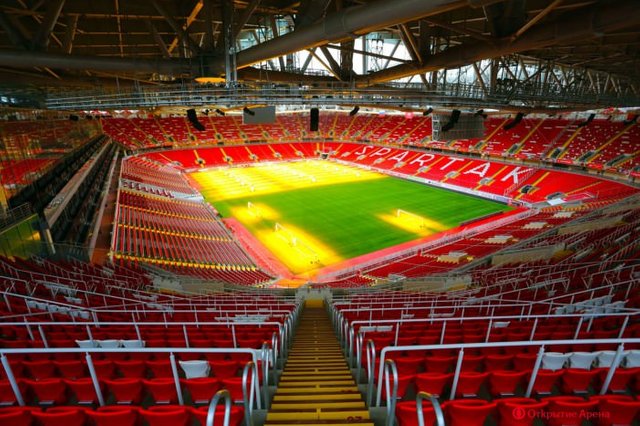
Saransk Stadium; Source: getoccernow.com
Mordovia Arena stadium is also known as Saransk Stadium. It was first proposed to be built in 2010. Although its construction began in 2011, due to lack of financing the work progressed very slowly. After 2012, the work almost stopped. Later, the work started again in 2014. Work may be completed by the end of this year.
The number of seats in Mordova will be 45,000. But after the World Cup, there will not be enough seats for small city rehabilitation. As a result, it will be removed from the top 17,000 seats and will be turned into a stadium with 28,000 capacity capacity. The place of the removed seats will be kept open, where the visitors can walk.
Kaliningrad Stadium
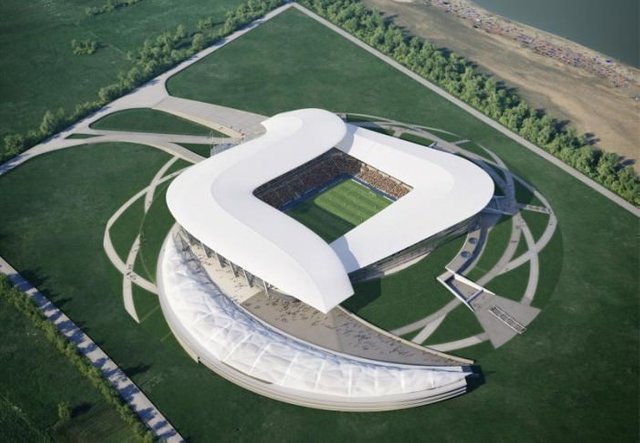
Kaliningrad Stadium; Source: stadiumguide.com
The location of the Kaliningrad Stadium is located in the Kaliningrad town of Octkabriski Island on the Russian preagolia river. The stadium is also known as Arina Baltica. Its construction began in the 2015 stadium for the World Cup, the longest, in 2015.
The capacity of the stadium was initially 45,000. But due to the start of the work and due to the economic crisis, its design is somewhat modified and simplified and it will be 35,000 seats
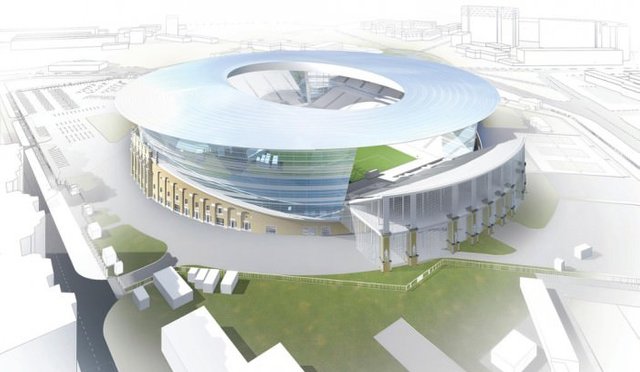
Authors get paid when people like you upvote their post.
If you enjoyed what you read here, create your account today and start earning FREE STEEM!
If you enjoyed what you read here, create your account today and start earning FREE STEEM!
Greetings! I am a minnow exclusive bot that gives a 5X upvote! I recommend this amazing guide on how to be a steemit rockstar! I was made by @EarthNation to make Steemit easier and more rewarding for minnows.
Downvoting a post can decrease pending rewards and make it less visible. Common reasons:
Submit
This post has received a 0.20 % upvote from @drotto thanks to: @parves.
Downvoting a post can decrease pending rewards and make it less visible. Common reasons:
Submit